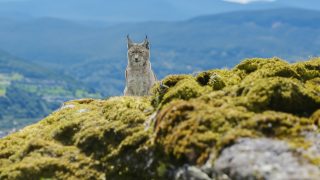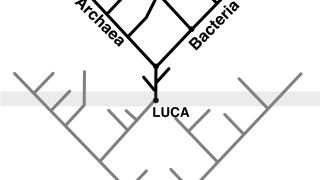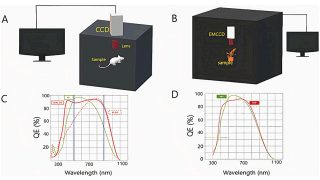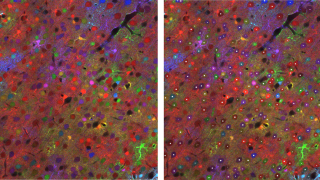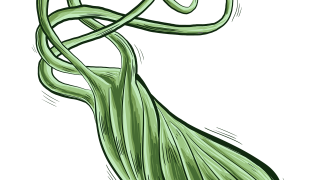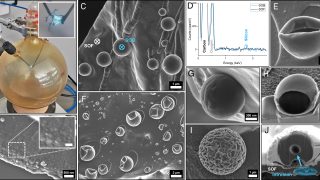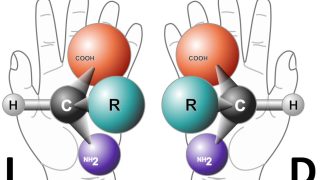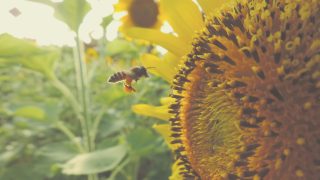
Bees recognition of complex visual patterns could transform AI
A new discovery of how bees use their flight movements to facilitate remarkably accurate learning and recognition of complex visual patterns could mark a major change in how next-generation AI is developed, according to a University of Sheffield study. By building a computational model—or a digital version of a bee’s brain—researchers have discovered how the […]
